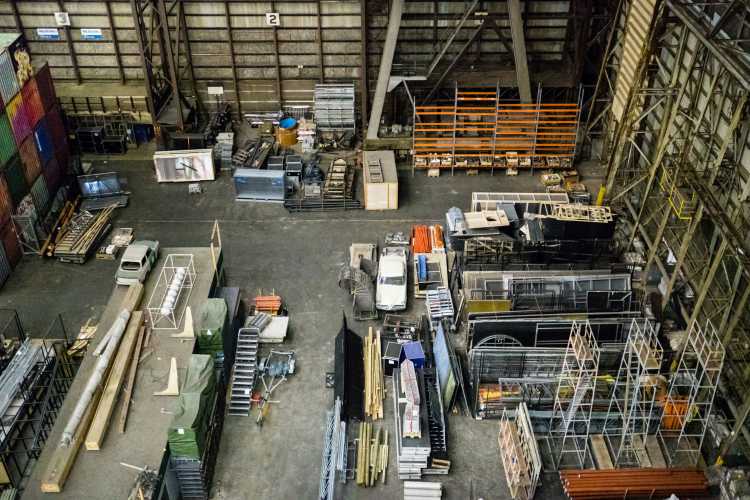Private sector capital expenditure on rise: Indian corporates are finally ramping up investments in long-term assets after a period of lull that saw subdued capital expenditure. Investment inestablishment of factories and other new projects increased by Rs 4.1 trillion, marking a significant 42% growth compared with the same period last year. According to CMIE data, private sector companies have been busy announcing new projects.
As desired by the government, the private sector is now taking the lead in capital expenditure. In recent months, the government has been encouraging businesses to increase spending, recognising the positive impact this can have on the broader economy. Over the last five years, the private sector’s share in capital formation had declined, while the government’s role had expanded.
READ | Green finance: India’s banks looks to join the race to net zero
In February, the Reserve Bank of India urged the private sector to boost capex to help sustain the country’s growth momentum. While the Indian economy has remained resilient amid global uncertainties, the private sector had been slow to contribute, according to a February bulletin from the RBI. Policy Circle has been tracking this slowdown in private investments since 2022, but the trend appears to be reversing now.
Of the new project announcements totalling Rs 5.49 trillion for the quarter, the government’s share is pegged at Rs 1.4 trillion, with projects focused on infrastructure such as roads and railways. This represents a recovery from the lacklustre June quarter, which was affected by elections. In comparison, the June quarter projects were less than half of the current value.
Manufacturing was the largest contributor, with project announcements worth Rs 3.39 trillion in the September quarter — more than double the Rs 1.4 trillion reported in the same period last year. Growth is expected in sectors such as renewable energy, metals, industrials, and emerging areas like artificial intelligence. These sectors, in particular, are likely to see increased investment as the long-term capex cycle unfolds. Private companies are funding these projects through internal generation and equity fundraising.
The share of private sector in capital expenditure is set to increase from FY25 onwards, with government capex expected to moderate. For the past few years, government spending has been the primary driver of infrastructure development, especially in sectors like road construction.
However, this dynamic is shifting. With demand rebounding and growth prospects improving, it was time for the industry to step up investments. Recent trends in the sales of FMCG products, white goods, e-commerce, two-wheelers, cars, air traffic, and hotel bookings have fuelled optimism that the private sector will now take the baton from the government.
In addition to abundant equity capital, government initiatives like the Production Linked Incentive (PLI) scheme and increased public spending have significantly boosted incremental capex. These government-driven factors have indirectly stimulated private sector orders. However, without these external drivers, the demand for large-scale capacity expansion may not have been as robust, according to market analysts.
Role of private sector capital expenditure
As India’s economy continues its ascent to becoming a global powerhouse, with growth projections of 7% to 8% in the coming years, the private sector will need to play a significant role in capital expenditure. Private sector investments are crucial as they drive employment, income generation, and consumption, which in turn stimulate further investment. Delays in corporate investments could disrupt this cycle, making it difficult to achieve high growth targets.
Historically, India Inc has been risk-averse, with the private sector often exhibiting caution in taking on risks. Addressing this mindset could be key to encouraging investment. On its part, the government must ensure sufficient stimulus to spur business activities, as limited demand could stifle investment. In light of global headwinds, companies remain hesitant to invest, making it essential for the government to provide economic buffers to mitigate the impact of global challenges.
Looking ahead, the private sector will be closely watching for interest rate cuts, as these play a crucial role in shaping private investment trends. Although the RBI has not provided a definitive timeline, rate cuts are expected to begin gradually, possibly starting in December. This easing could create a more favourable environment for businesses to borrow and invest, potentially leading to an increase in capex.
As Indian businesses ramp up their capital expansion, the government can begin to prioritise fiscal consolidation over sustained spending. The Monetary Policy Committee should now consider lowering interest rates to reinvigorate the investment cycle.

